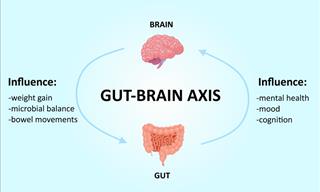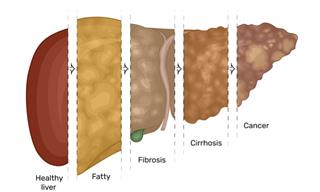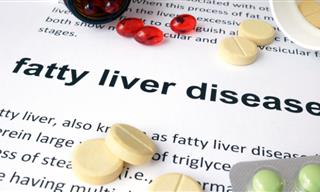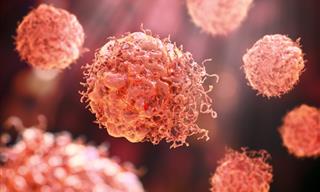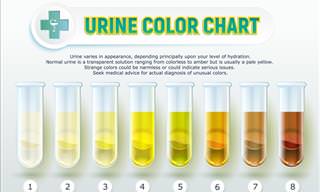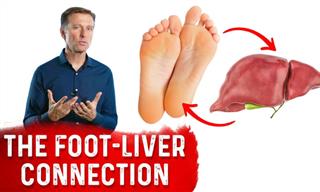Liver damage is often attributed to poor lifestyle choices, such as a bad diet, lack of exercise and drinking, but a new study is raising awareness about a strain of bacteria called Klebsiella that similarly causes fatty liver disease.
This is an unprecedented finding, as never before had we imagined that a bacterium may be the culprit behind one of the most common liver diseases out there.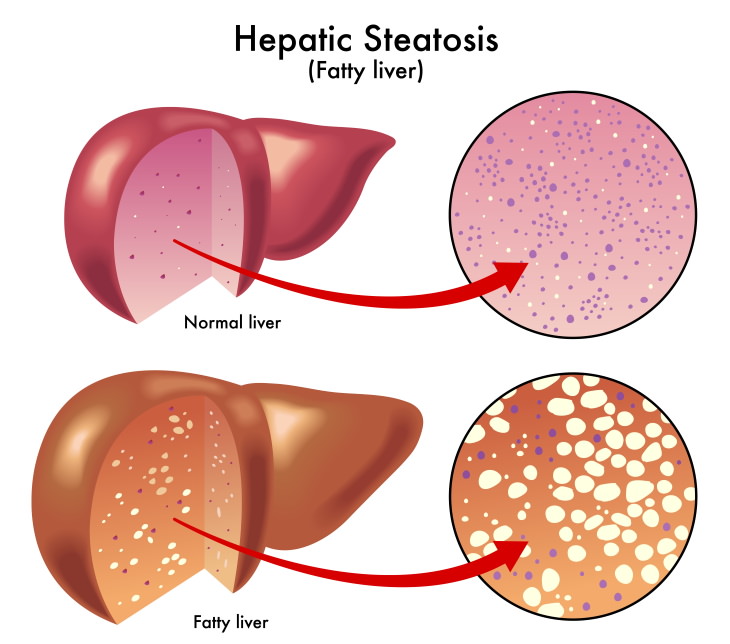
Fatty liver disease is the most common health condition of the liver and one that is slow to heal. In many cases, alcoholism causes the condition, but in other cases, scientists just aren’t sure what’s causing it, although we know that diabetes, high blood pressure and obesity are all contributing factors.
The cases came to be known under the umbrella term nonalcoholic fatty liver disease (NAFLD), and it’s terribly common, affecting an estimated 25% of the world population. Though not dangerous in itself, untreated NAFLD will progress into cirrhosis, which can be life-threatening, or other, more serious liver conditions.
More recently, a link between gut bacteria and NAFLD has been established, with a 2019 Chinese study published in the journal 'Cell Metabolism' pointing out that a bacterium known as Klebsiella may be a potential cause. Klebsiella is a common bacterium, commonly associated with pneumonia and respiratory infections, but it can be present in other parts of the body, like the gut.
The way a bacterium may be causing liver damage is interesting in itself, as the authors suggest that Klebsiella produces alcohol in our guts, which, in turn, can cause a fatty liver. This mechanism isn’t new, as certain gut bacteria have been observed to cause auto-brewery syndrome, a weird condition where carb consumption makes a person feel tipsy.
This condition was previously thought to be very rare, we have even written about it in our Incredibly Rare Diseases Article, but it turns out that mild cases of it may be more common than previously estimated. The study consisted of 2 different trials. In the first trial, 43 patients suffering from NAFLD were matched with controls, and gut microbiota samples were taken from all the participants.
Klebsiella showed up in 60% of the samples in NAFLD patients, but only in 6% of the healthy controls. This trial had confirmed their hypothesis that the bacterium may be linked to NAFLD, which subsequently lead to the second trial, in which the researchers observed how Klebsiella affected the liver in mice.
Klebsiella-infected mice developed liver damage only 2 weeks after the introduction of the bacterium into their gut. An antibiotic treatment was then administered to kill the bacteria, which caused an improvement in their liver health. Therefore, the presence of this specific strain of bacteria is linked to liver damage. Admittedly, the study was quite small, but it’s a meaningful step in our understanding of the connection between liver health and gut microbiome, which may play a much greater role in our overall health than we ever expected.
 Go to BabaMail
Go to BabaMail










